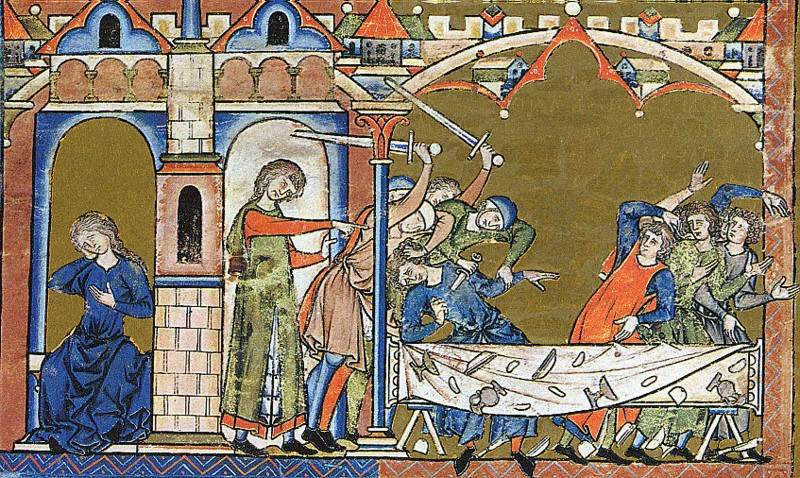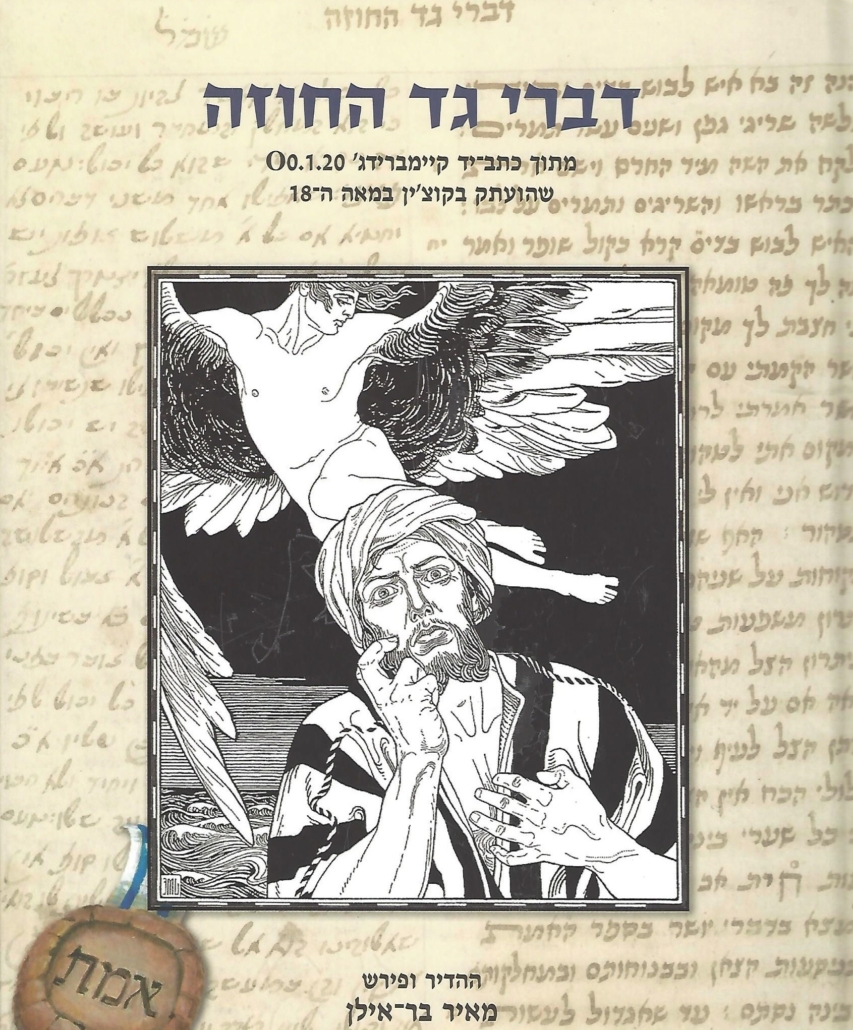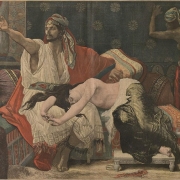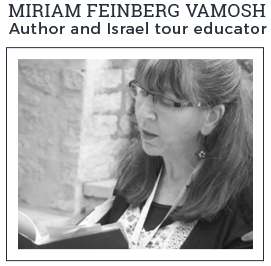Modern Turmoil, Ancient Echoes
Modern Turmoil, Ancient Echoes
What if the sorrow-filled story of David’s daughter Tamar had turned out differently?
In the aftermath of the devastating events of October 7, 2023, when our southern border was savagely attacked by invaders from Gaza, leaving behind a trail of destruction and despair, our hearts collectively ache with grief. In seeking solace, many turn to the timeless wisdom of the Bible and the comfort of our traditional prayers. For those fluent in Hebrew, the resonance of sacred phrases in their original language holds a profound significance. In light of the unfathomable atrocities committed on October 7, the ongoing anguish endured by the hostages and their families, and the warfare in Gaza, I feel compelled to share a few names and phrases in Hebrew that carry deep meaning.
The assailants from Gaza have been labeled with a name steeped in historical significance: “Amalek” – a symbol of pure malevolence in Scripture (Deut. 2:1, 19; 1 Sam. 1:3) – a name and concept frequently referenced in both Jewish and Christian teachings. And just recently, amidst the ongoing tribulations, Purim arrived this year, a holiday where we are commanded to find joy amidst despair. In the Purim narrative, the essence of evil is personified by Haman, reputedly a descendant of Amalek. Remarkably, with just one letter’s difference in his name, Haman becomes a chilling embodiment of the adversary we confront today. By the way, scholars tell us that the name Haman in Persian comes from a name meaning, of all things, “good device/thought/mind,” (in Hebrew: mahshava tova), and is the name of a deity in the Zoroastrian religion. It may be no coincidence that the Scroll of Esther 9:25 states: “But when Esther came before the king, he commanded by letters that his mahshava ra’a [literally, evil thought], which he devised against the Jews, should return upon his own head.”
God’s name seems to be notably absent in the Scroll of Esther. However, our sages suggest that when Mordechai urges Esther to take action, his reference to “help from another place” (Esther 4:14) alludes to divine intervention. This underscores the belief that God operates through human agency, a principle exemplified by Esther herself.
The narratives of the Bible, including Esther’s story, vividly depict the complexities of human nature, showcasing both the heights of heroism and the depths of depravity. Rather than serving merely as allegories, these tales resonate with contemporary relevance, as if they unfold in our lives today, not confined to a distant past. This year, every facet of Purim assumes fresh significance. And the new novel I co-authored with my dear friend Eva Marie Everson delves into this very theme, exploring the struggles and triumphs of another biblical figure: Tamar, the daughter of King David. Like Esther, Tamar grapples with her fate, ultimately emerging victorious, according to ancient legend.

The biblical princess was raped by her half-brother Amnon, isolated by her brother Absalom (2 Sam.13:1–20), and then emotionally abandoned by her father (2 Sam. 13:21). In Ahōti – A Story of Tamar, Eva and I have imagined a different ending, taking our heroine to a place where she finds healing and justice after years of tenacious and dangerous pursuit of her true identity.
For our vision of Tamar’s eventual victory, we owe a debt of gratitude to the eminent Prof. Meir Bar-Ilan, who was the content adviser on my book Teach it to Your Children: How Kids Live in Bible Days. At the launch event to celebrate the publication of that book, Prof. Bar-Ilan said to me: “I have a great story, and I think you’re the one to tell it.” As it turned out, he is an authority on ancient manuscript called Words of Gad the Seer, a mysterious compendium written centuries ago of “what happened then” commentaries on beloved Bible stories.

The first known copy of Words of Gad the Seer came from Cochin, India, in the mid-1700s. At the beginning of the 1800s, it turned up at the University of Cambridge, England, where it remains to this day. Among these commentaries is a continuation of the story of Tamar where the Bible leaves off, as imagined by the anonymous author.
At the heart of our tale are the struggles of our heroine Tamar, hardships that echo eerily down through the ages. In our story, which intertwines biblical events with a narrative we’ve respectfully crafted for the modern reader, Ahōti weaves together the enduring threads of revenge, resilience, forgiveness, a thirst for justice and the wrenching complexities of moral decisions. The intersection of biblical storytelling and present-day events certainly prompts us to question whether human nature has truly evolved over the centuries. In Ahōti, we hope you’ll discover, despite the millennia that separate us from biblical times, that while the human heart still beats with rage and vengeance, it also pulsates with passions and possibilities.
I’ll end with one more Hebrew phrase, that I hear often these days at the end of almost every conversation, as wisely pointed out in a recent article in the online magazine Mosaic.* That phrase is b’surut tovot. It means “good tidings.” It apparently originated in the ancient Hebrew prayer known as the Grace After Meals, which beseeches: ““May the Merciful One send us Elijah the prophet…and may he bring us good tidings, salvation, and comfort.

The official release of Ahōti – A Story of Tamar is scheduled for May 14, 2024, with pre-orders available now. Please visit Paraclete Press Ahōti – A Story of Tamar for further details.
*The origin of Haman’s name: https://www.britannica.com/topic/Vohu-Manah.
**For further reading: Mosaic Magazine, Philologos: “The Hebrew Language’s Expression of the Year.”


